Baby Greens are young, freshly grown salad vegetables that are tender and tasty. They are harvested for up to 15 to 40 days instead of 45 to 60 days for a more immature leaf. They are more tender and automatically tiny in their tender stage.
From a nutrition perspective, the consensus is that Baby Greens and their more mature counterparts are evenly matched. Baby Greens are an excellent source of Vitamin C, Vitamin K, Magnesium, Potassium, and Calcium. They are fully packed with valuable phytochemicals that help to protect the cellular system and prevent chronic chemicals.
8 Types Of Baby Greens
Baby Greens first became a trend in the fine-dining sector, where they were used as garnishes and in salads, side dishes, and appetizers. They are grown in the pressing sunlight, either in soil or soilless systems. They are often harvested immaturely, making them more perishable than traditional vegetables harvested at psychological maturity. Baby Greens can be quickly grown on window sills and will make a great addition to your dishes.
1 . Arugula

Arugula is also known as rocket, bruschetta, broccoli, arugula, and colewort. It is an annual edible plant that belongs to the family of Brassicaceae. It is a leafy green with a peppery taste that contains essential nutrients that helps to keep the heart and bones healthy.
It is grown on a large scale for the benefit of commercial consumption, but it exists as a wild species throughout the world. It contains vitamins, minerals, and antioxidants. It also has high Vitamin C, folic acid, and fat-soluble vitamins A, E, and K, including small amounts of vitamin B.
Health Benefits Of Arugula
1 . Arugula can be used as a cancer-fighting power food. Studies have shown that it reduces the risk of developing lungs, breast, and pancreatic cancer.
2 . It is Good for Bone Health.
3. It is Rich in Chlorophyll.
4. It helps to reduce inflammation in the body.
5. Argula protects the aging brain from cognitive decline.
6. It cleanses and detoxifies the body.
2. Lettuce
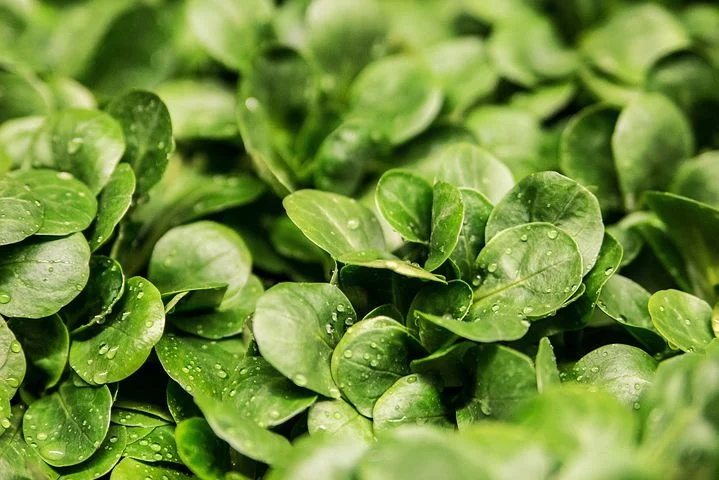
Lettuce (Lactuca Sativa) is an annual plant that belongs to the daisy family of Asteraceae. Lettuce contains a high level of water content and small amounts of e energy, protein, fat, dietary fibers, sugar, and carbohydrates. It also contains minerals and vitamins such as calcium, iron, magnesium, phosphorus, potassium, sodium, zinc, and B-vitamins, like thiamin, riboflavin, vitamin B6, vitamin c, a,e and k.
Health Benefits Of Lettuce
1 . Lower Cholesterol Level.
2. Antioxidant agent.
3. Lettuce helps as an Antimicrobial agent.
4. It helps to relieve anxiety.
3. Romaine
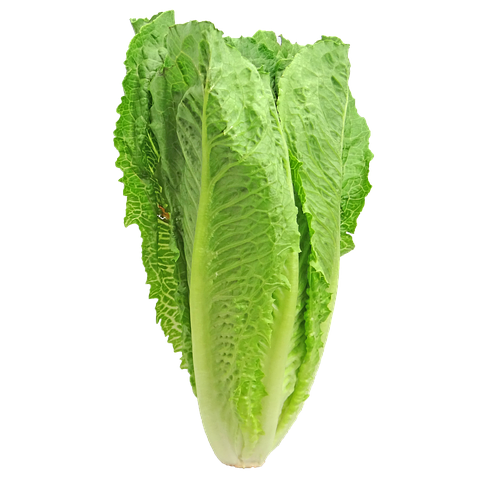
Romaine (Lactuca Sativa L. Var. Longifolia) is a variety of lettuce that grows in a tall head of sturdy dark green leaves. It is low in fiber and high in minerals such as calcium, phosphorus, magnesium, and potassium.
Health Benefits Of Romaine
1 . Romaine helps to protect eye health.
2 . It helps to prevent cancer.
3. It helps in fighting bacteria.
4. Romaine is rich in potassium and sodium and reduces the risk of stroke.
4. Escarole
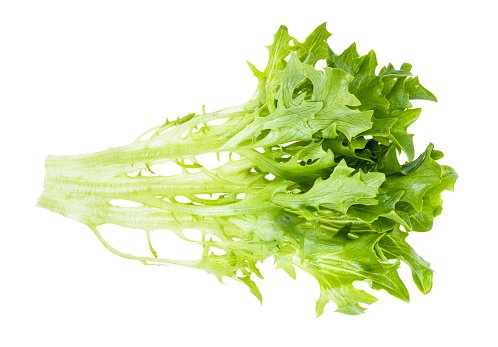
Escarole is broad-leaved endive, Bavarian engine, and Batavian engine. It has broad curly green leaves with a slightly bitter flavor. Escarole gets its bitter notes from a plant compound called Lactucopicrin, also known as Intybin.
Health Benefits Of Escarole
1 . Escarole reduces inflammation.
2 . It promotes gut health.
3 . It promotes eye health.
4 . It promotes bone and heart health.
5 . Watercress
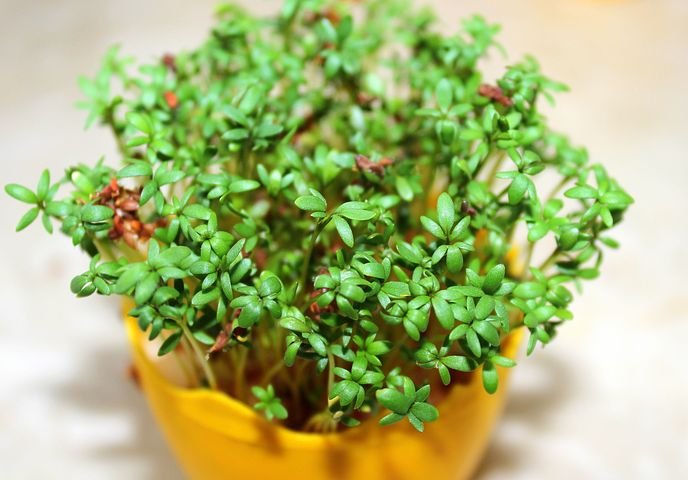
Watercress, also called yellowcress, is a flowering plant that belongs to the cabbage family of Brassicaceae. It has small round leaves alongside edible stems with a peppery, slightly spicy flavor.
Health Benefits Of Watercress
1 . Watercress has high antioxidant content that may lower your risk of chronic diseases.
2 . It contains compounds that may prevent certain types of cancer.
3 . Watercress is a cruciferous vegetable that is beneficial for heart attacks.
4 . It helps in lowering cholesterol.
6 . Mizuna
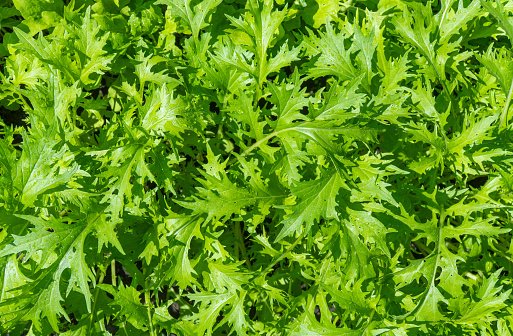
Mizuna ( Brassica rapa var. nipposinica) is a leafy green vegetable native to East Asia. It has dark green serrated leaves with thin stems of slightly peppery bitter flaw. It is a common ingredient in salad and is often mixed with other Greens.
Health Benefits Of Mizuna
1 . Mizuna improves immune health.
2 . It promotes eye health.
3. It strengthens bones.
4. It supports blood clotting.
5. It is high in antioxidants.
7. Kale
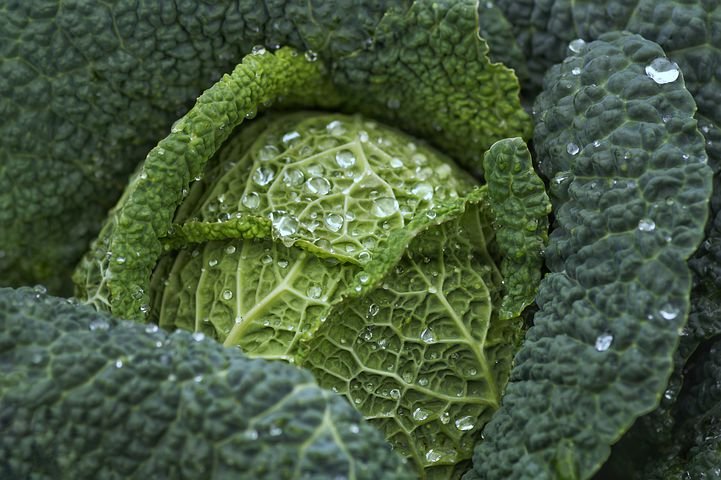
Kale is a green leafy cruciferous vegetable rich in benefits and offers health benefits. Kale belongs to the Brassica Oleracea family, including cabbage, cauliflower, bok choy, collard greens, and Brussels. It is rich in antioxidants and crucial minerals like iron and calcium.
Health Benefits Of Kale
1 . Kale is high in iron. It helps form hemoglobin and enzymes that transport oxygen to the various parts of the body.
2 . Kale is high in vitamin K. It helps to keep the body’s blood-clotting mechanism functioning healthily.
3. Kale is high in antioxidants.
4. Kale is high in vitamin c.
8. Spinach
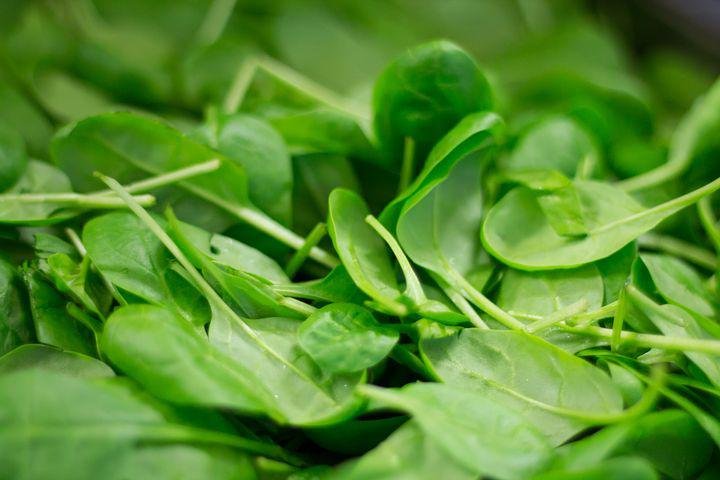
Spinach is a leafy green flowering plant that belongs to the family of Amaranthaceae. It provides protein, iron, vitamins, and minerals that play an essential role in the body.
Health Benefits Of Spinach
1 . Spinach is rich in vitamin c, vitamin e, and beta carotene that assist extended function.
2 . Spinach helps in lowering blood pressure.
3 . Spinach promotes digestive regularity. It helps prevent constipation and promotes a healthy digestive tract.
Baby Greens Vs. Microgreens

Microgreens are vegetable seedlings harvested as leaves to begin the form. They are germinated and grown past the sprouts phase and harvested before becoming baby Greens.
Microgreens are also packed with nutrients that vary slightly and are rich in potassium, iron, zinc, magnesium, and copper. They are also a great source of beneficial plant compounds like antioxidants.
Microgreens are tiny immature plants produced from the seeds of vegetables and herbs. According to the National Library Of Medicine, baby greens contain about 20% more chlorophyll, carotenoids, phenols, and anthocyanins than their corresponding microgreens.
Baby Greens contain higher Ca, Mg, P, and Mn, unlike their microgreen counterparts. Microgreens tend to have higher concentrations of Fe, Cu, and Zn.
Baby Greens are harvested leaves of plants like Kale, Arugula, and Spinach. They are harvested when they are up to 15 to 40 days old, unlike microgreens which are harvested about 4 to 9 days.
Microgreens often take less time and don’t need nutrients from the soil. The soil doesn’t need to be rich; it just needs light and delicate to sow the seeds. Baby Greens, on the other hand, will need nutrients from the soil to grow past the cotyledon stage.
Frequently Asked Questions
1 . What Is The Healthiest Vegetables?
Spinach, carrots, broccoli, garlic, Brussels sprouts, kale, green peas, swiss chards, and many others are considered the healthiest vegetables.
2 . What Are The Healthiest Leafy Vegetables?
Kale, microgreens, collard greens, spinach, cabbage, watercress, romaine lettuce, etc.
3 . What Is The Unhealthiest Vegetable?
Conventional Spinach is regarded as the Unhealthiest Vegetable because it has a high level of pesticides.
4 . Can Baby Spinach Replace Regular Spinach?
If you want a more flavourful option, regular spinach is the best choice because it tastes bolder.
5 . Is Baby Kale As Nutritious As Kale?
Baby Kale and adult Kale are said to be nutritionally similar. The main difference is that baby Kale is more tender and easier to eat when Raw.
